Feeding is a crucial component in chicken production. The majority of production costs go toward feeding the animals, and healthy eating is evident in the efficiency and durability of the produced products of birds. Learn How to Feed Chickens and what you should nourish throughout this article.
The ideal meal for the poultry’s health should be discussed before moving on to chicken feed.
What Should You Give To Chickens: Poultry Feeding?
Large portions of the farming industry are devoted to the raising of poultry. This may and ought to result in economical, effective manufacturing. An excellent chicken feed may contain between 75 and 90 percent of grain in a certain manner.
To achieve a success rate of development in or egg industry, one should always contain all the necessary nutrients. The chicken farm owner who purchases all of his feed should be fully aware of this must strive to sell only top-notch goods. Consequently, he won’t be able to stay in business for long if not.
Important Nutrients for Chickens
All kinds of poultry require the six groups of nutrients listed below to survive, develop, produce, and reproduce. The majority of these necessities are provided by nature. The obligation of providing these essential needs in some way and in sufficient but reasonable amounts is entirely on the caretaker when treating small or older chickens indoors.
- Water
Poultry can survive for longer periods lacking food than they can lack water. Growing young chickens is hampered by a lack of a reliable source of fresh water. It causes the laying hens to produce fewer eggs and molt earlier than usual.
- Protein
Most vegetable forms of protein are less efficient than animal foods for stimulating growth in egg industry. In terms of quantity and type, grains are wholly insufficient. The pushing effect of too much protein can be harmful to chickens of any age.
- Carbohydrates
In cereals and grain-based products, they are indeed the starch components. Only a starving herd will be deficient in carbs. They provide energy and nourishment, with any extra turning into fat inside the body or perhaps an egg.
- Fats
All feed ingredients, almost without exception, include some fat. Some illnesses may result from an overabundance of fat, such as that found in oily fish, meats, and seafood, which can disturb a bird’s digestive system.
- Minerals
Most of the shells are made of calcium carbonate inside the existence of vitamin D. Bone’s main components are calcium and phosphorus. However, too much phosphorous could cause the magnesium in the diet to be immobile. Some necessary minerals are supplied by salt. Some extremely vital minerals are present in trace levels in the green diet.
- Vitamins
The immature poultry’s inherently rapid development quickly makes all vitamin deficits in their diets apparent. Colds and illnesses can be warded off with vitamin A. In addition to avoiding bone loss and limb paralysis, vitamin D assists in the mineralization of shells or bones. Poults & chicks are encouraged to grow by riboflavin. Young chickens who are malnourished or have their toes curled up are protected by riboflavin.
Important Feeds for Chickens
- Wheat
Generally speaking, wheat is among the finest cereals for chicken feeding. However, wheat must always be combined with other grains in the diet.
- Oats
Because oats’ hulls vary, they have a wide range of feeding values.
- Barley
When used in mashes inside the shape of crumbled, rolling, or finely powdered barley, it will perform effectively as a component of a scratching feed.
- Corn
Corn is a particularly appealing grain when given entire, split, or crushed.
- Millet
Where it is cultivated, millet can be utilized effectively for feeds that promote growth, production, and thickening.
- Rye
When combined with various other portions of cereal, rye could be given in small amounts as a scratching food or as grinds.
- Flax
The protein and lipid content of flax is high.
- Grain by-products
In particular, when feed should be purchased, by-products of grains play a role in chickens’ diet.
- Low-fat milk and buttermilk
For any chicken, skim milk and buttermilk are generally good, but early chicks, nesting hens, particularly birds used for fattening, would benefit most.
- Balancers and concentrators
Feed businesses provide specifically formulated supplements called concentrates as well as balancers.
- Omega-3 fatty acids
Like a supply of both vitamins A and D, omega fatty acids are employed in the diets of chicks, winter nesting hens, and chickens that lay eggs for hens to hatch.
Learn How to Feed Chickens
A well-balanced diet is necessary for the health of chickens. Their dietary preferences will often fluctuate as the seasons change, with just a summer protein emphasis and a wintertime carbohydrate emphasis.
- Chicken-based diet
Chickens can get a lot of their energy from carbohydrates throughout the wintertime. If hens are fed a mostly carbohydrate-based diet, they will not receive the necessary nutrients to maintain a healthy lifestyle. Ensure that you continue feeding a lot of carbohydrates over the winter.
Feeding the chicken layers flock with greater protein in the summertime is a good idea since it makes feeding more accessible and reduces stomach strain. A good dose of protein may be found in nutritious chicken snacks. However, because they are heavy in calories and saturated fat, you must only provide a small amount of these sweets.
- Size of the Feed
It’s crucial to give the chicken modest quantities of food all day long. As hens are in limited storage space, giving in little quantities means keeping your food secure. When you give them far too much meal or chicken goodies, it’s possible that they won’t eat everything, which might make their meal rotten. Feed loses its nutritional content when it turns rotten.
A ½ cup of food must be consumed daily by each bird on normal. To prevent overfeeding the flock, provide them the appropriate amount. It can be essential to feed hens individually if any of them are obese and require less scratch food.
Some Creative Methods to Feed Chickens
Carcasses of animals
This may be an inventive way to provide your chick’s protein diet if it comes from freshly slain carcasses or dead carnivores.
Crop covers
Plants known as cover crops are grown to stop land degradation, contribute nitrogen to the soil, enhance and preserve soil health and moisture, control weeds, and ward off diseases and insects. Organic cultivation is a fantastic gardening technique for the earth and may also be used as poultry feed.
Weeds
Unexpectedly, weeds may provide a tasty meal and good medicine for both people and hens.
Fruits and seeds from the wild
Instead of using store-bought food, one can consider using wild seeds and berries to meet your hens’ demands for food.
Trees that bear fruit
Pick fruit from the wilderness or grow it yourself. Take into account low-maintenance, high-yielding trees. To feed your hens, gather the vegetables, or let them forage on the fallen fruit.
Pest control in gardens
The best food source for the flock is agricultural pests such as bugs and slugs.
Sprouting
Your hens’ protein content can be increased by nearly 30% by germinating the cereals you now give them. You do not just boost protein but also the amounts of vitamins, minerals, and enzymes!
Grass
A chicken’s whole diet may consist of only having exposure to fresh grassland of 15 to 20 percent.
The list of original ways to provide your hens with a different diet from commercial foods is complete.
Learn How to Feed Chickens – Summary
Poultry involves feeding and nourishing the chickens. Creating well-balanced meals, particularly those 100% organic, when you’re planning on creating your diet may take a lot of work. When grazing, chickens may get part of their nutrition from bugs, worms, and vegetation, which lowers expenses. So, with that, we end our report and please comment below if you need further assistance.

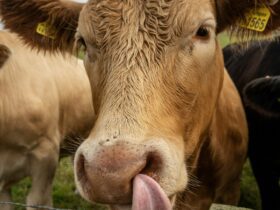
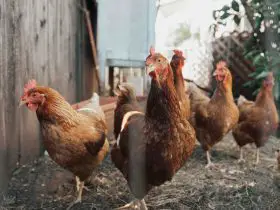
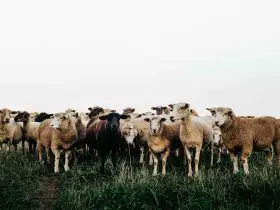
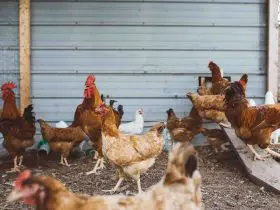
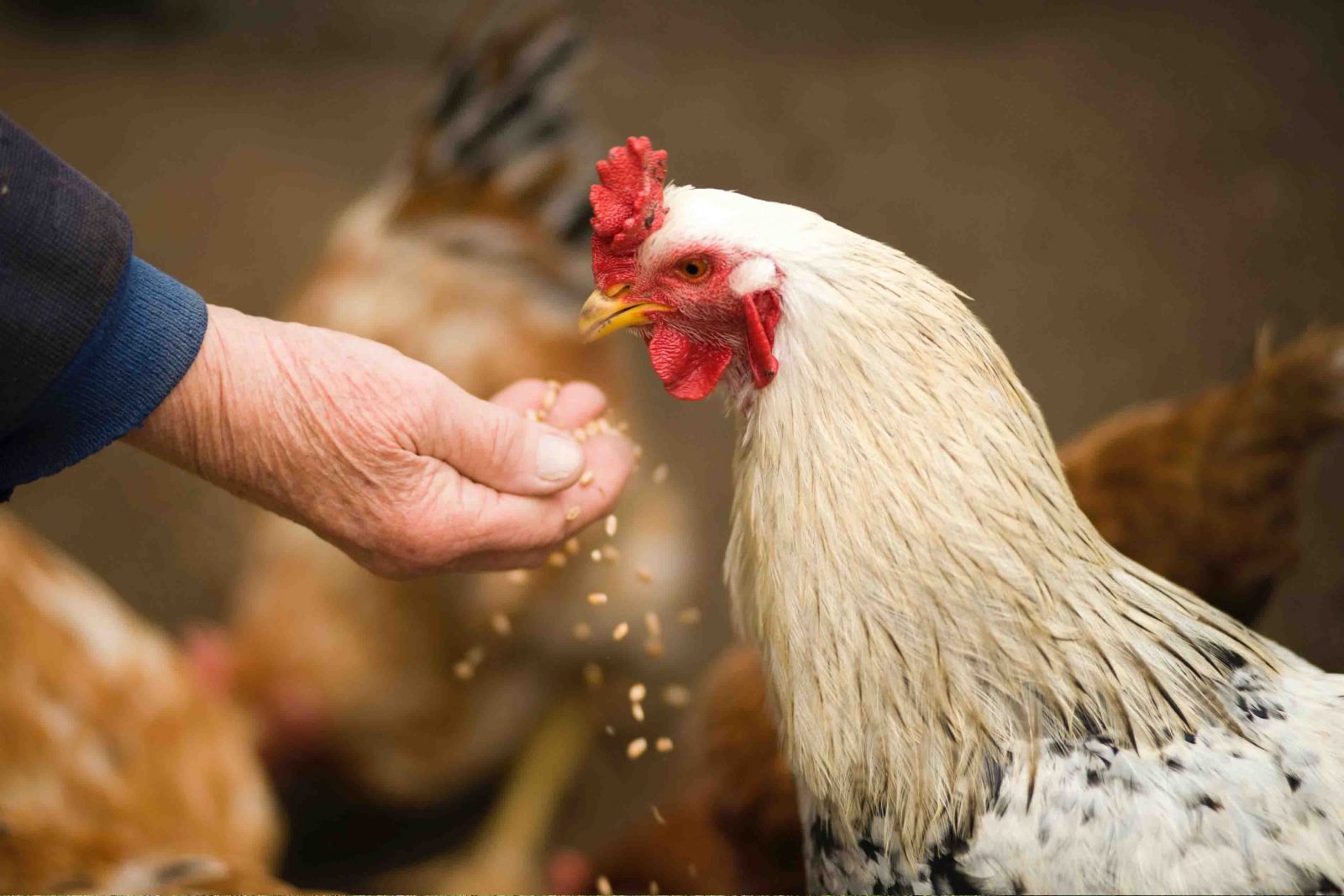
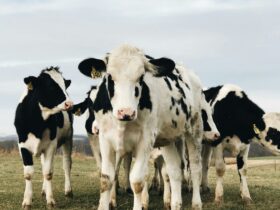
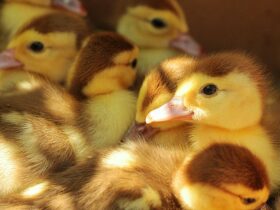
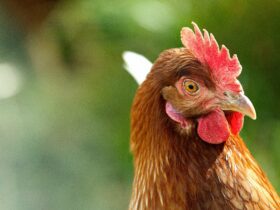



Hello!! Welcome to Anim Farm